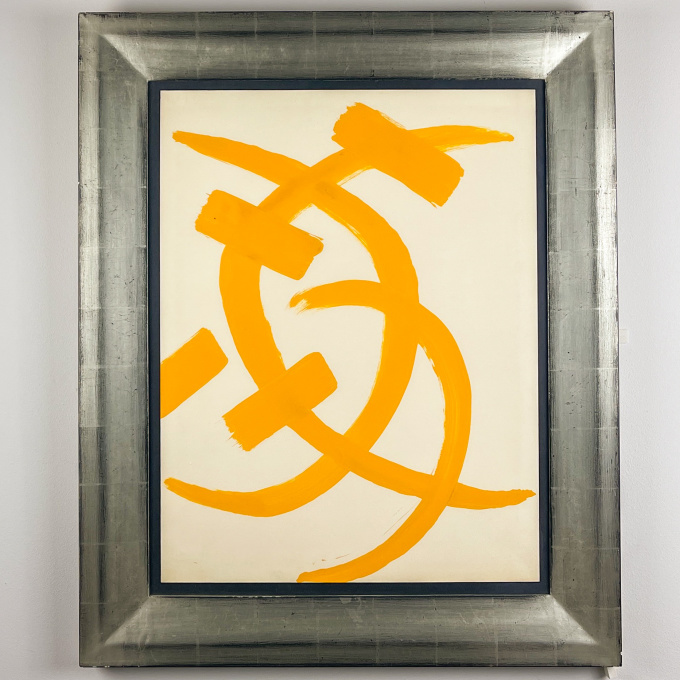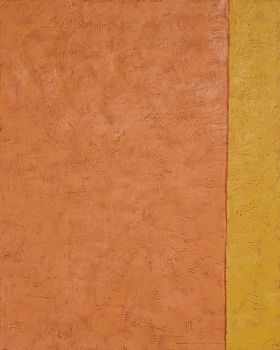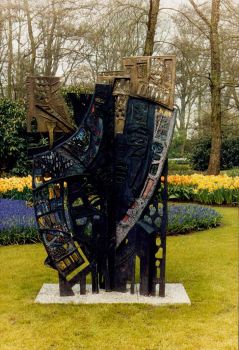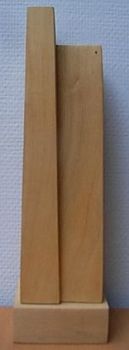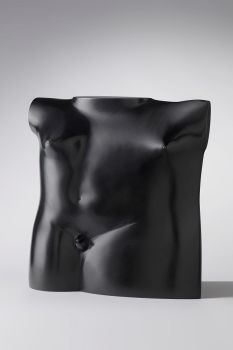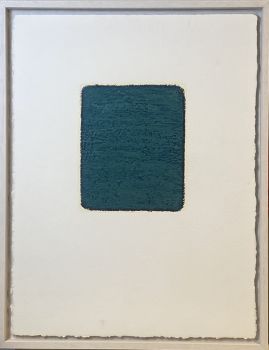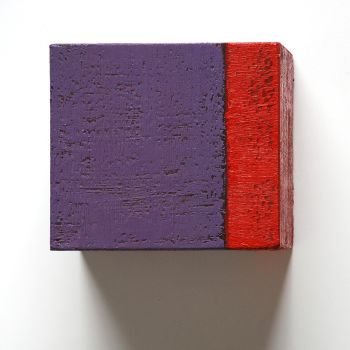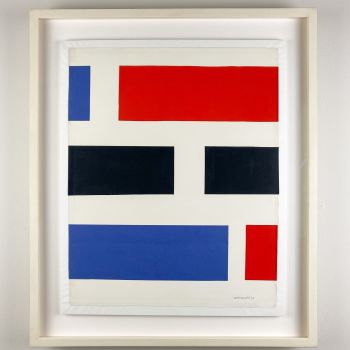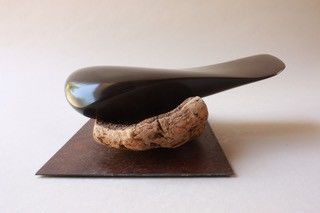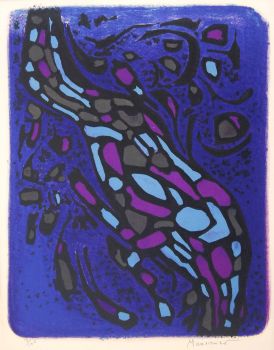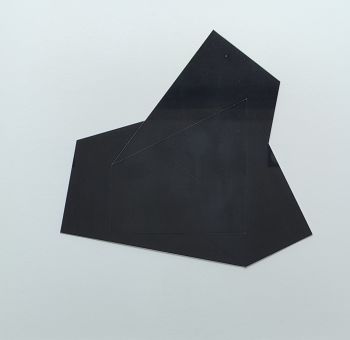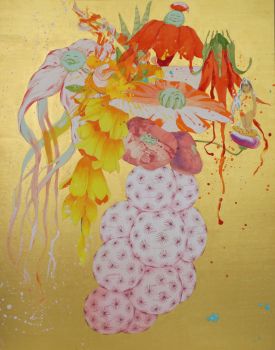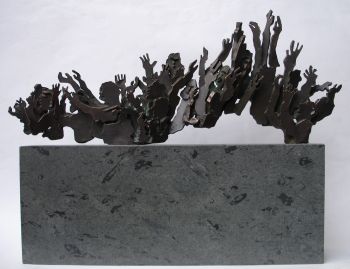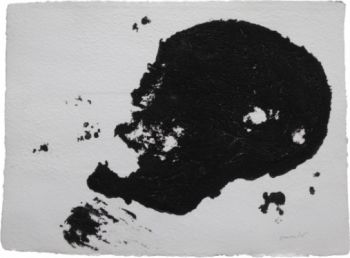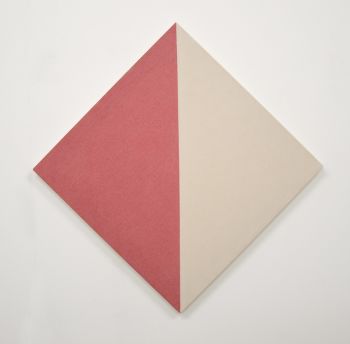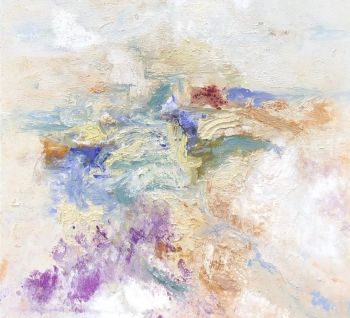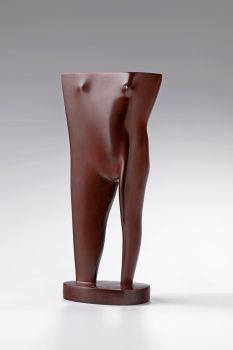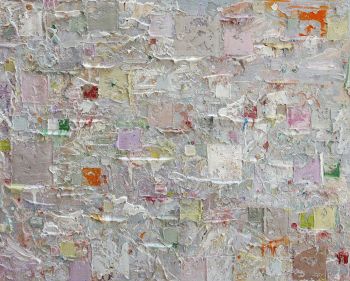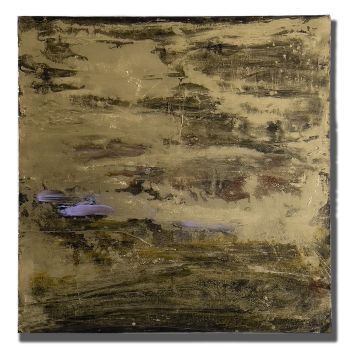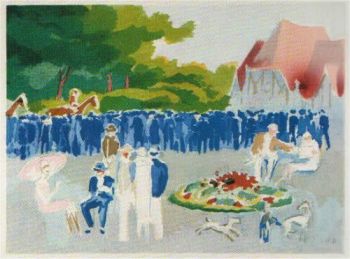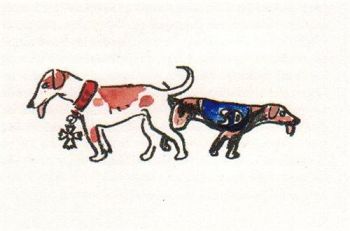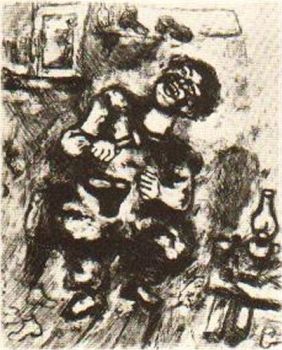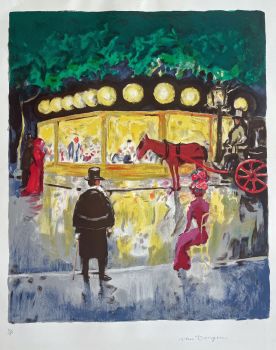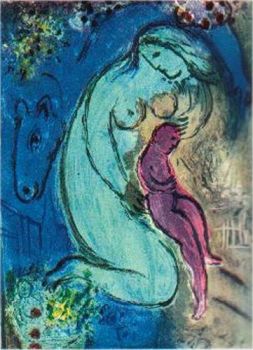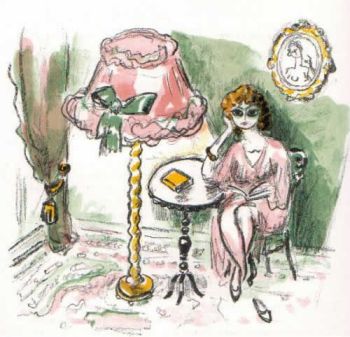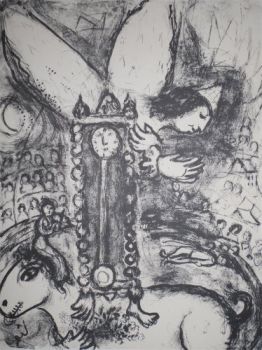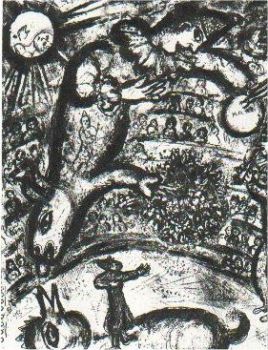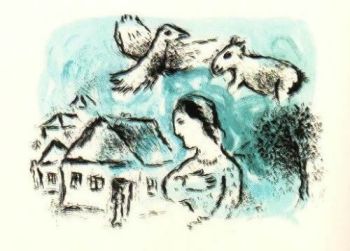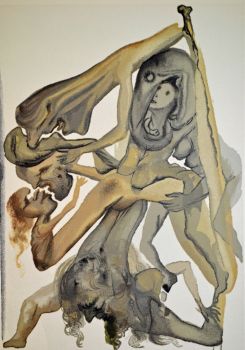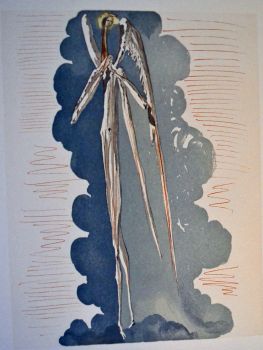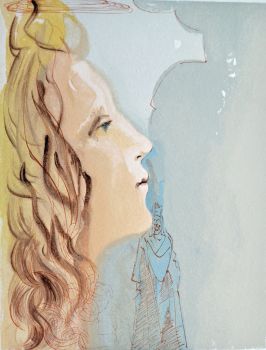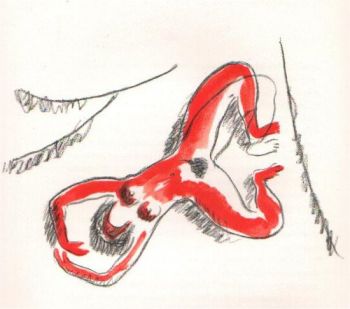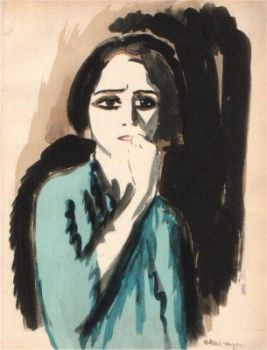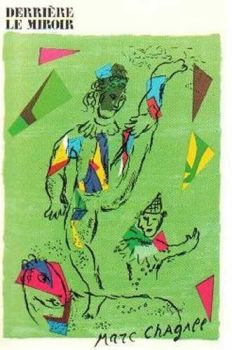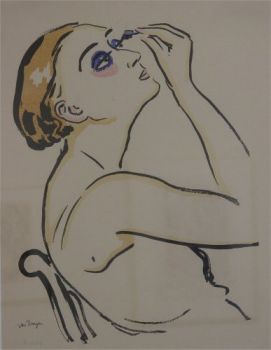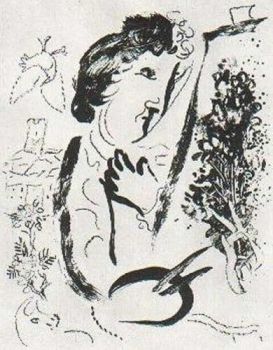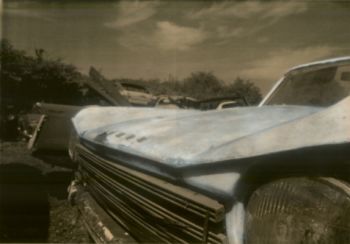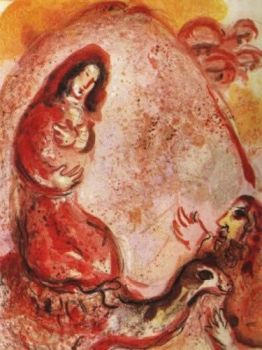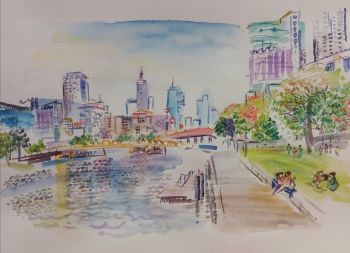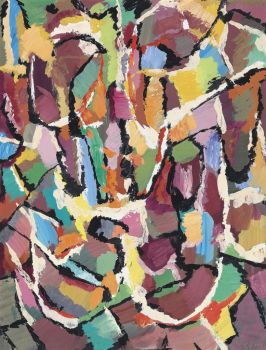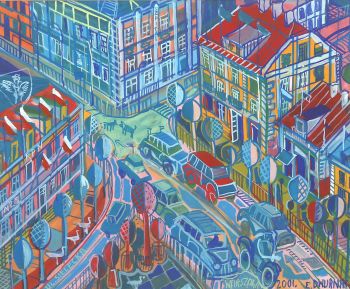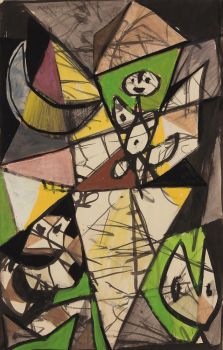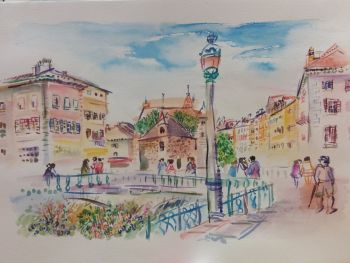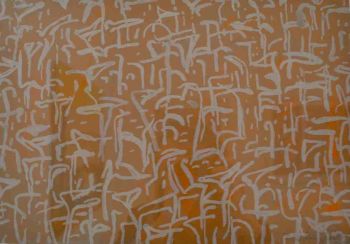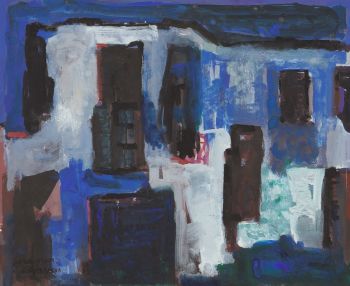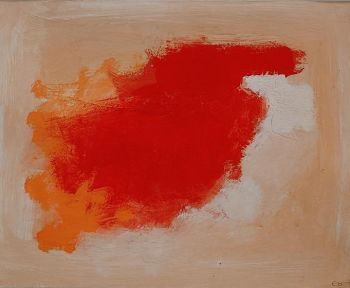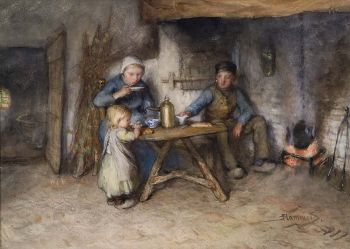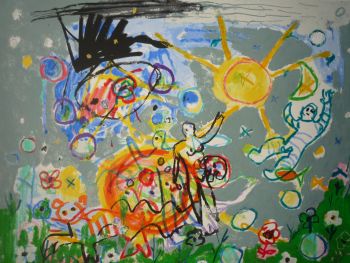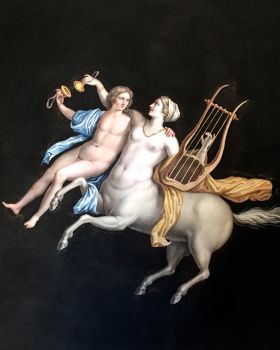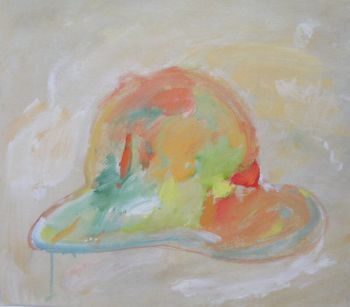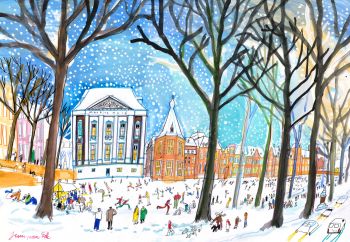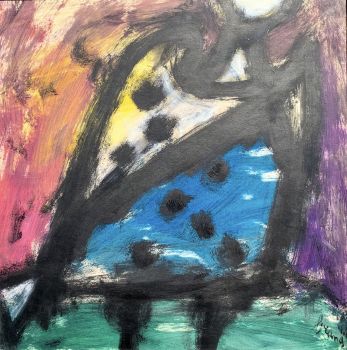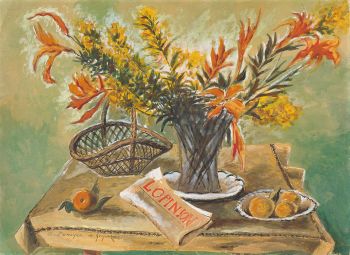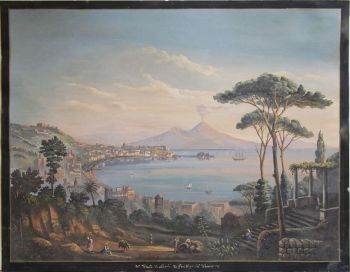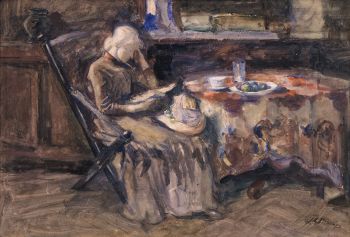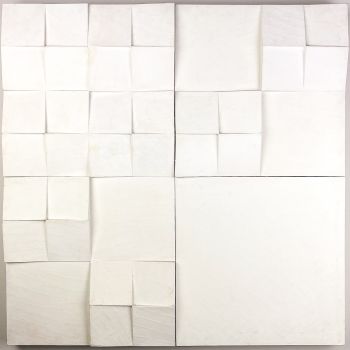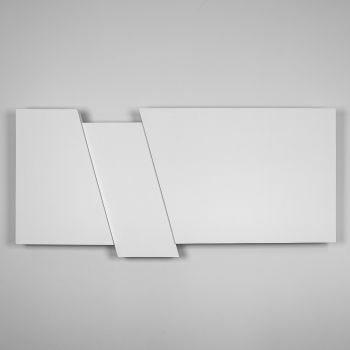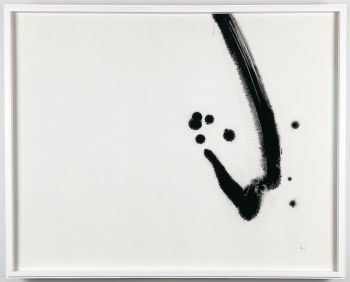Willem Hussem – Abstract composition, 1963 – gouache on cardboard, professionally framed 1963
Willem Hussem
GouachePaint
86 ⨯ 70 ⨯ 4 cm
ConditionVery good
Price on request
Van Kerkhoff Art
- About the artworkAn original artwork – Abstract Composition, gouache on carboard - by the Dutch artist Willem Hussem. Painted in 1963 and bearing the original studio-label on the reverse. Professionally framed, museum-glass.
About Willem Hussem
Willem Hussem (Rotterdam 1900 – The Hague 1974) was a Dutch painter, sculptor and poet, best known for his abstract paintings made after World War II.
Hussem studied with Dirk Nijland and attended the Rotterdam Academy. Between 1918 and 1936, he lived and worked in Paris, where he met Piet Mondrian and Pablo Picasso. Besides Picasso, Vincent van Gogh also influenced his style.
After World War II, his works became abstract. He was part of art movements such as Fugare, the Liga Nieuw Beelden and Verve. His work is counted among the “Nieuwe Haagse School” art movement.
He was awarded the Jacob Maris Prize three times and received an invitation to the Venice Biennale in 1960. During his lifetime, he had solo exhibitions at the Gemeentemuseum in The Hague, Museum Het Princessehof in Leeuwarden and Stedelijk Museum in Schiedam, and participated in major group exhibitions at Museum Boijmans van Beuningen in Rotterdam, Van Abbemuseum in Eindhoven and Stedelijk Museum in Amsterdam. He also exhibited twice at the Carnegie International in Pittsburgh, US.
Currently, his works are in the collection of: Kunstmuseum Den Haag, Stedelijk Museum in Amsterdam, Dordrecht Museum in Dordrecht and Rijksmuseum Twente in Enschede (among others).
Signed
Studio-label on the reverse
Condition
Good original condition. Some small damages to the frame
Provenance
Klasema Art
Dimensions
Artwork
Height 65 cm
Width 50 cm
Frame
Height 86 cm
Width 70 cm
Depth 4 cm - About the artist
Willem Frans Karel Hussem (born in Rotterdam on January 29, 1900, died in The Hague on July 21, 1974) was a versatile Dutch artist, known as a painter, sculptor and poet.
Hussem received his training from Dirk Nijland and took lessons at the Rotterdam Academy. Between 1918 and 1936 he stayed in Paris, where he made contacts with leading artists such as Piet Mondriaan and Pablo Picasso. The influence of Picasso and Vincent van Gogh is clearly noticeable in his style.
In 1936, Hussem finally chose The Hague as his home base, where he settled in the Mijtensstraat in the Schilderswijk. After the Second World War his art evolved towards abstraction. He was active in art movements such as Fugare, the Liga Nieuw Beelden and Verve, and his work is associated with the New Hague School.
Despite his national and international recognition, including winning the Jacob Maris Prize three times (1952 and 1955 for painting, 1958 for drawing) and an invitation to the Venice Biennale, his family lived in modest circumstances.
His works of art are part of the collections of: Kunstmuseum The Hague, Stedelijk Museum Amsterdam, Dordrechts Museum and the Rijksmuseum Twenthe in Enschede
The Posthoorngroep formed around Hussem, a collective of artists who were involved in painting, poetry, or both. This group was named after a well-known catering establishment in The Hague.
As a poet and illustrator, Hussem made his debut in 1940 with "The Coast Line", published by L.J.C. Boucher, followed by "Sea View" at A.A.M. Stols in 1941. He also illustrated with a pen drawing of trees in "Een lied van Isoude" by P.C. Boutens (1941). In the 1960s he published several collections of poetry, including the well-known "Voor twee dacharren bluebekken" (1966). His poetry, often enriched with his own illustrations, continued to appear after his death, the last being "Say with ink" (2011). Hussem maintained a friendship with Simon Carmiggelt.
From 1967 onwards Hussem started creating metal sculptures.
A tragic incident involved an aluminum artwork by Hussem, estimated at approximately 100,000 euros, which was accidentally destroyed in 2017 during the demolition of a post office in Raalte. The work of art was one of the last objects to be destroyed in a shredder because the project developer had not been informed of its cultural value.
Are you interested in buying this artwork?
Artwork details
Related artworks
- 1 - 1 / 1
- 1 - 4 / 24
- 1 - 4 / 24
Bernardus Johannes Blommers
VADER EN MOEDER MET KIND AAN TAFEL1845 - 1914
Price on requestStudio 2000 Art Gallery
1 - 4 / 24- 1 - 4 / 12


